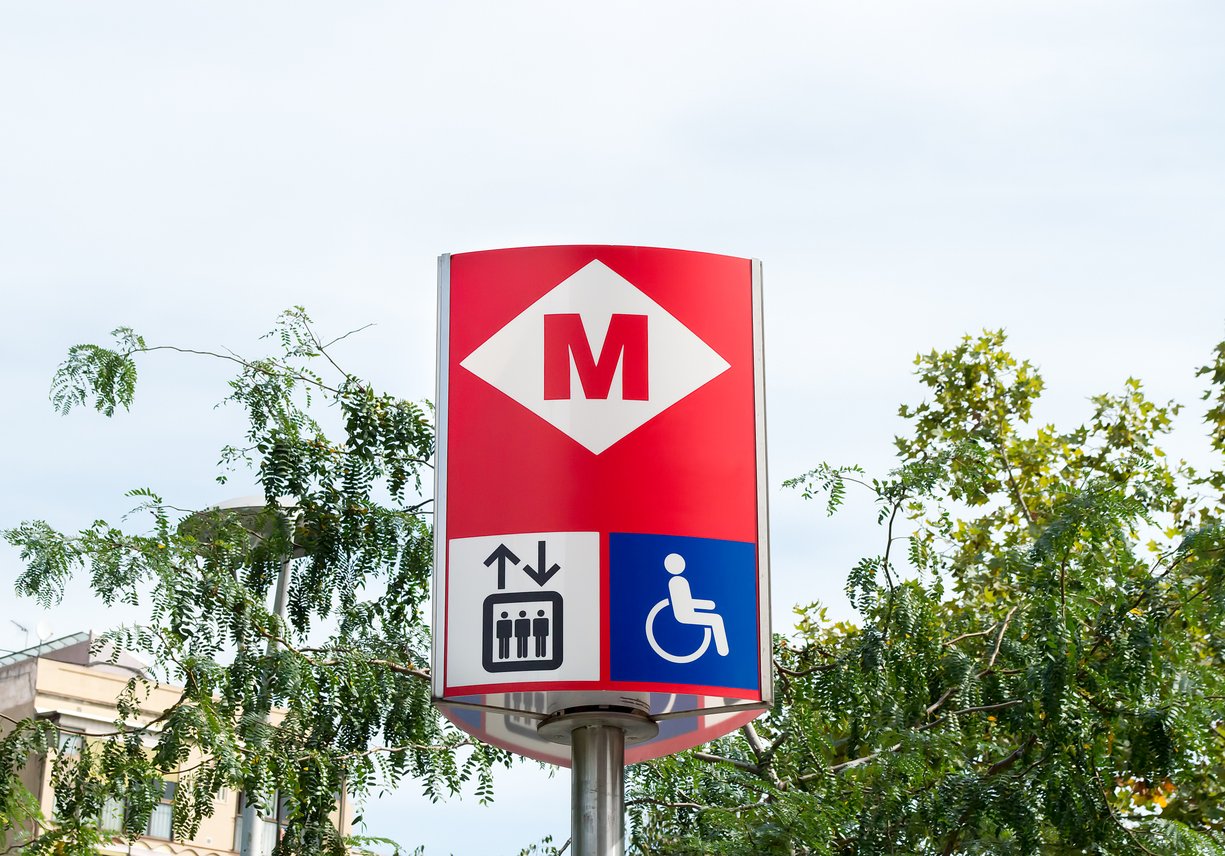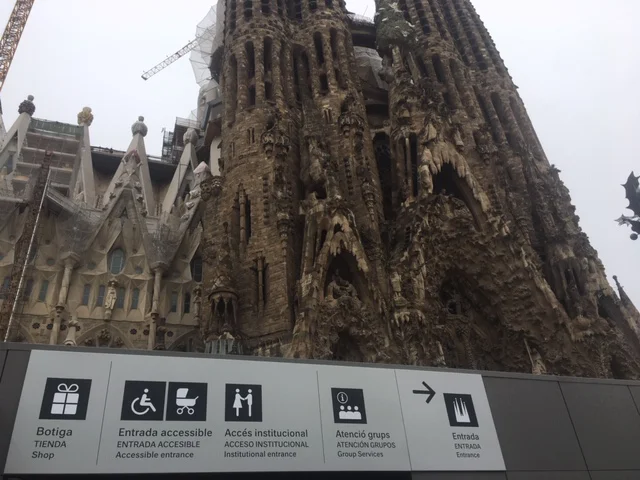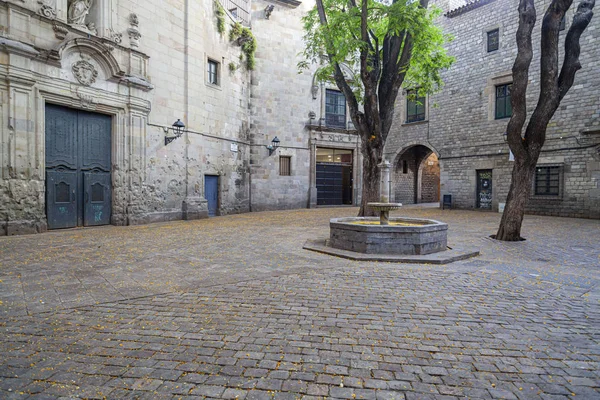Is Barcelona Accessible?
Everything You Need to Know


Barcelona is a great city for accessible travel. It’s easy to get around, with wheelchair-friendly public transport, hotels, and attractions. From Sagrada Familia to the beaches, the city is built with accessibility in mind. While some areas, like the Gothic Quarter, have cobblestones, neighborhoods like Eixample and Barceloneta are perfect for visitors with mobility needs.
Is Public Transport Accessible in Barcelona?
Barcelona offers a well-connected public transport system that is highly accessible for people with disabilities. Most of the city's metro stations have elevators, ramps, and designated spaces for wheelchair users. Buses are equipped with ramps and low floors for easy access. Taxis with wheelchair adaptations are available and can be booked via specific apps. The Aerobus, connecting the airport to the city, is also fully accessible.
Metro Lines: Lines L2, L5, L9, and L10 are the most accessible, with clear signage and accessible stations.
Attractions with Wheelchair Access in Barcelona

Barcelona has numerous wheelchair-accessible attractions. Sagrada Familia, one of the city's most iconic landmarks, has accessible entrances and adapted facilities. Park Güell, with its modernist architecture, is also accessible, with designated areas for wheelchair users.
Museums like the Picasso Museum and MNAC provide ramps, elevators, and wheelchair access throughout. For those seeking outdoor activities, Montjuïc Hill has an accessible cable car ride, and several beaches like Barceloneta are equipped with ramps and adapted showers.
Beaches and Outdoor Spaces
Barcelona’s beaches are designed with accessibility in mind. Barceloneta Beach and Nova Icària Beach are equipped with ramps, adapted showers, and reserved wheelchair spaces. There are accessible wooden walkways leading to the shoreline, and assistance is available for those needing help entering the water.
For green spaces, Ciutadella Park has wide, smooth paths for easy navigation, and Montjuïc Hill has several accessible points, including a cable car ride with wheelchair-friendly cabins. These outdoor areas are a relaxing, accessible environment for all visitors.
Accessible Accommodation
There are many wheelchair-accessible accommodations in Barcelona. Many hotels, especially in the city center and near tourist hotspots, are designed with accessibility in mind. They have rooms with wider doorways, roll-in showers, and accessible bathrooms. Popular areas like Eixample and Barceloneta have numerous options, including well-known hotel chains that provide accessibility as a standard.
For more budget-friendly options, hostels and aparthotels with accessible rooms are also available. Barcelona is trying to make it easier for travelers with disabilities to find a comfortable stay that suits their needs.
What Challenges You Might Encounter?

Despite Barcelona’s great accessibility, there are still a few challenges. Some older parts of the city, like the Gothic Quarter, have narrow, cobblestone streets that can be difficult to navigate with a wheelchair. Steep inclines in areas like Montjuïc may also pose challenges.
Plan your routes using accessible transport apps, and choose hotels or attractions with confirmed accessibility features. Always check for elevator access in metro stations ahead of time. It’s also a good idea to pre-book accessible taxis or tours to avoid last-minute issues.
Conclusion
Barcelona is constantly evolving to improve its accessibility, with efforts extending to lesser-known areas and even newer parks designed with inclusive features. The city is making strides to make sure that public events, festivals, and outdoor spaces are accessible to everyone. Barcelona is truly dedicated to being welcoming for all. For a complete, stress-free guide on traveling in Barcelona, check out the detailed resources available at BarcaTrips.
FAQs
Do all Barcelona metro stations have elevators?
Not all Barcelona metro stations are fully accessible, but around 90% have elevators. Check accessibility in advance using the official TMB app or their website to avoid any inconvenience.
Is Barcelona handicap friendly?
Yes, Barcelona is highly handicap-friendly. Public transport, major attractions, beaches, and hotels offer accessibility features, making it one of Europe’s most accessible cities.
Is Park Güell wheelchair accessible?
Park Güell has designated accessible areas with ramps and smooth paths, but due to its hilly terrain, not all parts are accessible.
Is the Barcelona Cathedral wheelchair accessible?
Yes, the Barcelona Cathedral is partially wheelchair accessible with ramps at the main entrance, but certain areas, like the rooftop, may not be accessible.
How to get around Barcelona in a wheelchair?
Use accessible options like metro lines, low-floor buses, and adapted taxis. Most public transport in Barcelona is wheelchair-friendly, and apps like TMB help plan accessible routes.
Where is the best place in Spain for wheelchair users?
Barcelona tops the list, with excellent accessibility across transport, accommodation, and attractions. Other cities like Valencia and Malaga are also well-known for their wheelchair accessibility.
Can I use my disabled blue badge in Spain?
Yes, the Blue Badge is valid in Spain. It allows you to park in designated disabled spaces and provides some concessions in restricted areas, though local rules may vary. Always check signage for specific regulations.


